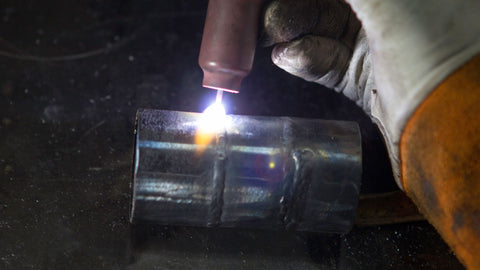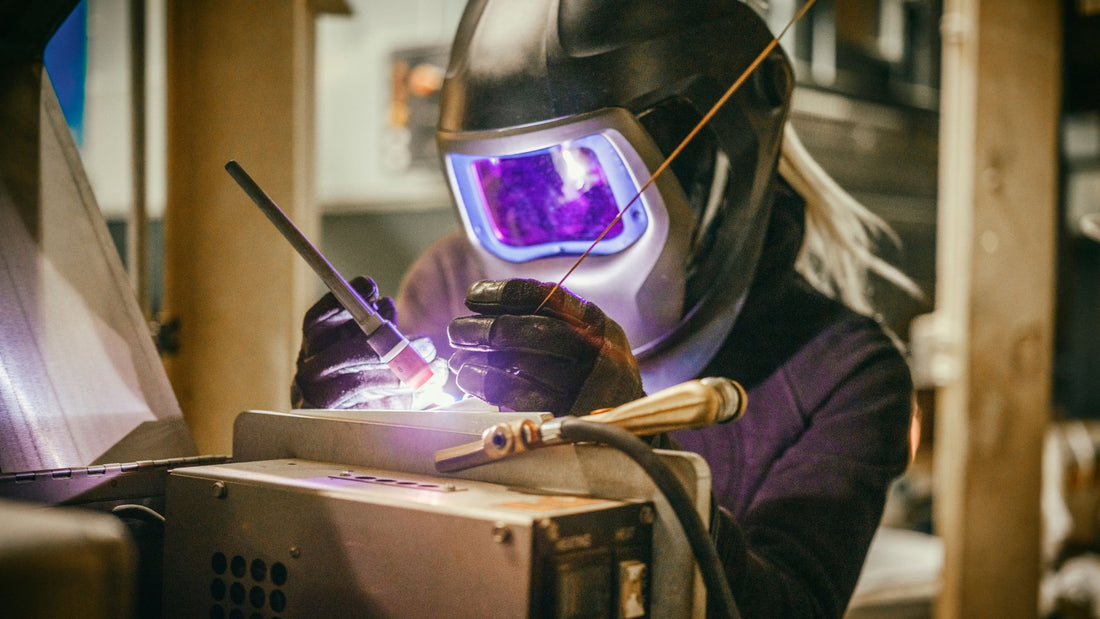TIG welding thin materials requires finesse and attention to detail. The challenges associated with thinner materials, such as increased heat sensitivity and the potential for warping, demand a tungsten electrode that can provide precise control and stability. This blog post'll explore the considerations and recommend the best tungsten options for welding thin materials.

Understanding the Challenges of Welding Thin Materials:
Thin materials, often defined as those with thicknesses below 1/8 inch (3.175 mm), present unique challenges during welding. These challenges include the risk of burn-through, distortion, and difficulty in maintaining a stable arc. Choosing the right tungsten electrode is crucial to overcoming these challenges and achieving high-quality welds.
Best Tungsten Options for Welding Thin Materials:
-
Lanthanated Tungsten (WL):
- Lanthanated tungsten electrodes are an excellent choice for welding thin materials due to their superior arc stability and low burn-off rate.
- WL electrodes provide a focused and controlled arc, minimizing the risk of overheating and burn-through in thin materials.
-
Ceriated Tungsten (WC):
-
Thoriated Tungsten (WT):
- While thoriated tungsten poses concerns related to radioactivity, it is still considered by some welders for specific applications involving thin materials.
- WT electrodes offer excellent arc starting characteristics, aiding in precise control during welding thin sections.

Considerations for Welding Thin Materials:
-
Amperage and Heat Input:
- Thin materials require lower amperages and reduced heat input to prevent burn-through and distortion. Choose a tungsten electrode that can operate effectively at lower currents and provides control over heat input.
-
Arc Stability:
- Maintaining a stable arc is crucial when welding thin materials. Tungsten electrodes with good arc stability, such as lanthanated or ceriated tungsten, help prevent erratic arc behavior and ensure a smooth welding process.
-
Electrode Diameter:
- Selecting the right electrode diameter is essential for welding thin materials. Smaller diameter electrodes, such as 1/16 inch (1.6 mm) or even 0.040 inch (1.0 mm), allow for better control and precision when working with thin sections.
Welding thin materials demands a thoughtful approach and the right choice of tungsten electrode. Lanthanated and ceriated tungsten electrodes stand out as top contenders, providing the arc stability and control needed to navigate the challenges of welding thin materials. Welders should consider factors such as amperage requirements, arc stability, and electrode diameter to make an informed choice that ensures precise and high-quality welds on thin materials.

